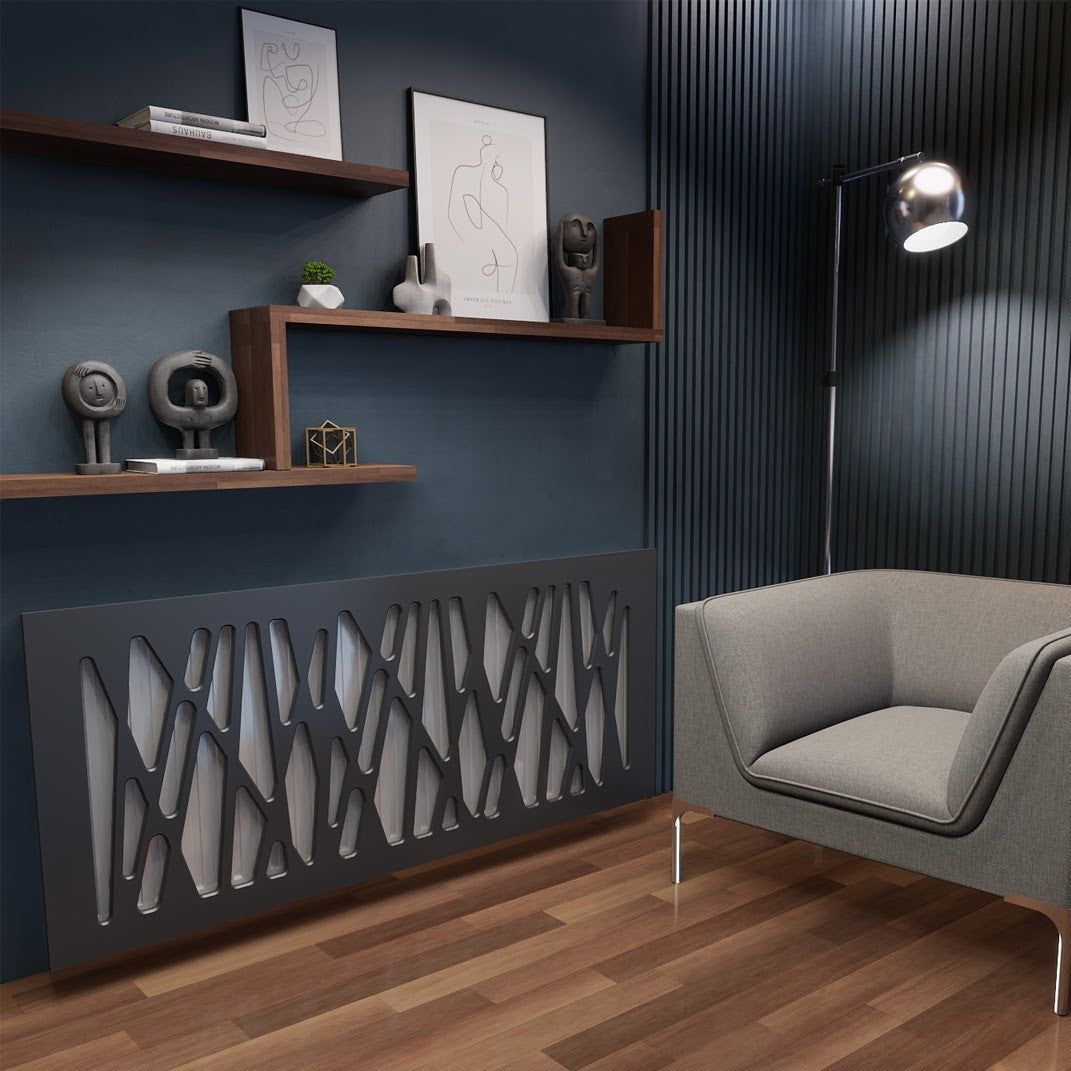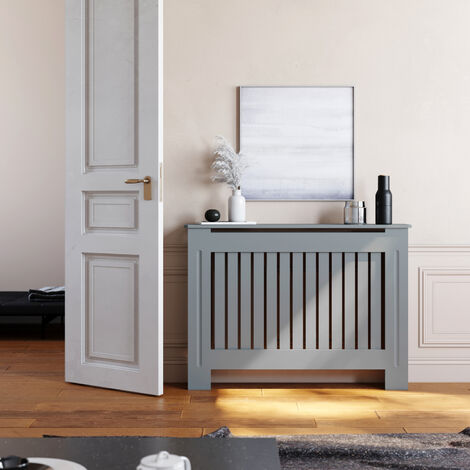Radiator Cover Ideas to Elevate Your Interior Design
Radiator Cover Ideas to Elevate Your Interior Design
Blog Article
Radiator Covers: Comprehending Materials, Styles, and Benefits
Radiator covers serve both functional and aesthetic objectives within a home, offering a range of products such as mdf, steel, and wood to fit various layout choices. As styles evolveâEUR" from conventional to contemporaryâEUR" these covers not only boost the visual appeal of a room however also add to safety and security and energy efficiency. Nonetheless, selecting the best radiator cover entails recognizing the nuances of products, styles, and their associated advantages. This exploration raises essential inquiries regarding how these components integrate into your living setting and what considerations need to direct your selection procedure.
Kinds Of Products


Wood covers, typically crafted from woods such as oak or maple, offer a timeless, warm look that enhances conventional insides. Their durability and capability to be tarnished or painted add to their versatility. Metal covers, commonly made from steel or aluminum, are favored for their effectiveness and modern look, often featuring streamlined lines that boost contemporary areas.
MDF, a made wood product, is prominent for its cost-effectiveness and convenience of personalization. It can be repainted or ended up to match existing design while supplying a smooth surface. Plastic covers, while much less usual, are immune and lightweight to wetness, making them suitable for moist settings.
Ultimately, the choice of material for a radiator cover must straighten with the homeowner's style preferences, functional demands, and the certain setting where the cover will certainly be mounted. Each product supplies a distinct character, ensuring that there is an option to fit every taste and setting.
Popular Style Styles
Highlighting aesthetic charm, prominent style styles for radiator covers show a series of tastes and interior design trends. Conventional designs frequently feature elaborate woodwork and elaborate outlining, making them suitable for classic or vintage-inspired insides. These covers commonly include sculpted aspects, providing a warm and inviting feeling to any kind of room.
On the other hand, modern styles focus on minimalist appearances, defined by clean lines and understated beauty. Materials such as steel or smooth timber with a smooth surface are typically used, permitting these covers to mix perfectly into modern-day areas. Industrial styles, on the various other hand, accept resources like exposed steel and concrete, including a strong statement to loft space or city settings.
For those seeking an unique touch, bespoke designs provide modification options that accommodate specific preferences, making it possible for home owners to choose colors, patterns, and products that complement their decor. Furthermore, farmhouse-style covers incorporate rustic aspects, featuring distressed timber and simple types that stimulate a cozy, country appeal.
Advantages of Radiator Covers
Radiator covers not only enhance the visual allure of a room but likewise supply several functional advantages that make them a worthwhile addition to any type of home. Among the key benefits is safety, especially in families with animals or kids. Covers lower the threat of burns from hot radiator surfaces, making certain a safer environment.
Furthermore, radiator covers can enhance energy effectiveness. By routing heat into the room rather than enabling it to get away, they aid maintain a constant temperature, minimizing home heating prices over time. This is especially useful in older homes where radiator systems may be less effective.
One more noteworthy benefit is noise reduction. Radiators can in some cases produce unwanted sounds during procedure, and covers can aid smother these sounds, adding to a much more calm space. Radiator covers can be functional, providing added storage space or screen area, thereby maximizing the energy of often-overlooked areas.
Lastly, they can shield radiators from dust and debris, which can prevent effectiveness and increase upkeep needs. With these combined advantages, radiator covers emerge as a useful remedy for improving both the functionality and design of any type of home environment.
Installment Factors To Consider
Installing radiator covers calls for cautious factor to consider to make sure both functionality and safety and security (Radiator cover). First, evaluate the measurements of your radiator and the surrounding room to make sure a proper fit. Exact measurements are essential; an uncomfortable cover can block heat useful content circulation or produce safety threats
Following, assess the product of the cover. While timber provides visual appeal, steel choices might offer better resilience and warmth resistance. Take into consideration the weight of the cover as well; larger covers may require extra support or supports to stay clear of sagging or damages gradually.
Air flow is another essential aspect. Covers have to feature appropriate air movement to stop getting too hot and keep efficient home heating. Look for designs with slats or openings that permit warm to flow without obstruction.
Furthermore, make certain that the cover is securely mounted to stop crashes, especially in click this homes with kids or pet dogs. Radiator cover. It's recommended to comply with the supplier's setup guidelines closely and, if needed, seek advice from a specialist for complicated installments
Maintenance and Treatment Tips
Correct upkeep of radiator covers is important for ensuring their long life and optimum efficiency. For painted or wood covers, take into consideration an appropriate polish or safety finish to preserve their appearance.
Inspect the covers periodically for indicators of wear or damage, such as cracks or peeling off paint. Attending to these problems quickly can prevent more wear and tear. Guarantee that the covers are securely secured and look for any loosened screws or installations, as vibrations from the radiator can loosen them over time.
In cooler months, prevent putting hefty items or decorative products on top of the radiator covers, as this can restrain warm circulation and trigger unneeded tension to the framework. Take into consideration seasonal maintenance by getting rid of the covers for complete cleansing and evaluation throughout warmer months when the home heating system is non-active. Embracing these easy care tips will enhance the performance and visual appeal of your radiator covers, ensuring they offer their objective efficiently for many years ahead.

Final Thought
In summary, radiator covers serve as useful and aesthetic enhancements to property rooms. Careful factor to consider of installment and maintenance additional makes certain the longevity and efficiency of radiator covers in any kind of home environment.
Radiator covers serve both useful and visual objectives within a home, supplying a range of materials such as wood, mdf, and metal to match numerous style preferences. Picking the best radiator cover includes recognizing the nuances of materials, styles, and their connected advantages.Emphasizing aesthetic appeal, prominent style styles for radiator Learn More Here covers mirror an array of tastes and interior style patterns.Radiator covers not just enhance the aesthetic appeal of a space however additionally supply a number of useful advantages that make them a rewarding enhancement to any home. Consider the weight of the cover as well; heavier covers may call for additional support or reinforcements to avoid drooping or damages over time.
Report this page